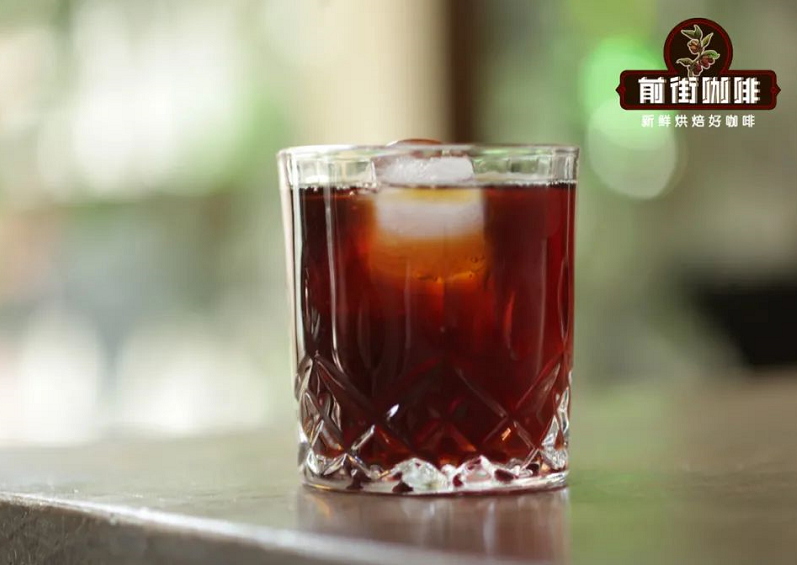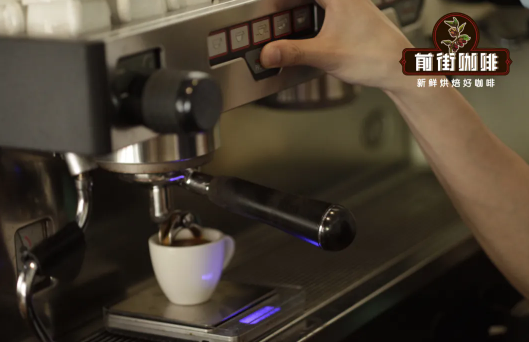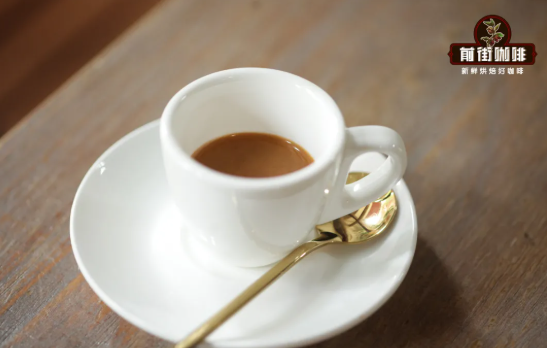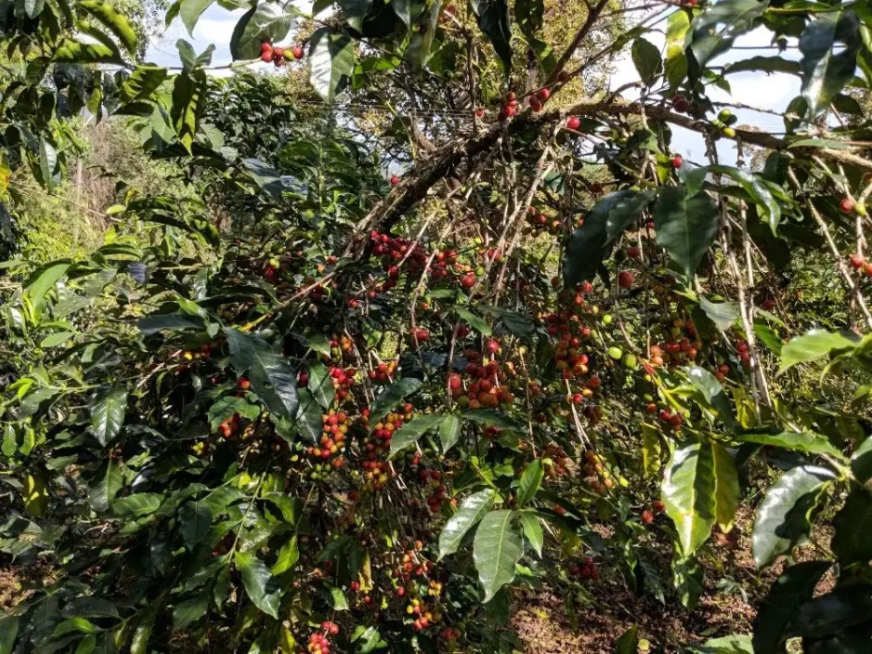Is caffeine harmful to people? How much caffeine is there in a cup of coffee? Is the bitter coffee more refreshing?
First of all, let's talk about the benefits of caffeine: coffee improves alertness, agility and memory, concentration, and caffeine itself has pain-relieving effects. Coffee is best placed after breakfast and lunch, as it can promote gastrointestinal peristalsis and help digestion. What's wrong with caffeine? Drinking more coffee than the usual dose, there will be excitement, will cause nervousness, anxiety patients will have sweaty palms, palpitations, tinnitus and so on.

How much caffeine does a cup of coffee contain? First of all, it can be determined from the kind of beans: (the caffeine content of Arabica coffee beans is about 0.9-1.4%, and the caffeine content of Robusta coffee beans is about 2-4%. Different kinds of coffee are also different (this effect is very large). For example, the most common Italian coffee machine extraction time is about 30 seconds, 15 grams of coffee powder extract 30g coffee liquid, caffeine content is about 85mg. The production of hand-brewed coffee is about 2 minutes-2 minutes and 30 seconds. 15 grams of coffee powder extract 225 grams of coffee liquid and the caffeine content is about 60-90mg. The production of cold-extracted coffee often takes more than 8 hours, 15 grams of coffee powder extract 150g coffee liquid, caffeine content is about 200mg.

Last but not least, the biggest misunderstanding: the more bitter the coffee, the more refreshing it is? No, in fact, the deeper the coffee is roasted, the more caffeine is lost, but there is a reason for this understanding.
Many people mistakenly think that the deeper the coffee is roasted, the lighter the beans will be, so when brewing 15g coffee beans, we always feel more than lightly roasted coffee beans! This is like the feeling that a jin of cotton or a jin of iron is heavier. In addition, the deeper the roasting, the looser the internal structure of the coffee beans and the easier it is to extract the flavor substances of the coffee, so it is natural to think that the more flavor the coffee has, the more caffeine there will be.

It is mentioned in the data that the melting point of caffeine is 235-238 ℃, and even if the coffee beans we drink are roasted deeply, it is difficult to carry them beyond this temperature before coming out of the oven. But you missed one of the items in the data: caffeine begins to sublimate at 178℃, in other words, caffeine does not disappear immediately after this temperature, but decreases as it is roasted. In other words, if it is the same variety of coffee beans grown in the same area, the content of caffeine in light roasting is higher than that in deep roasting (although the difference is small, but if you say which caffeine is higher, it must be light roasting).
The reason why light baking has a higher caffeine content than deep baking.
The deeper the roasting, the lighter the weight of the coffee beans after roasting. In general, a coffee bean will be 11%, 13% lighter after shallow baking than that of raw beans, and 15%, 17% lighter than that of raw beans after deep baking. In addition to the water content of raw coffee beans, there are other soluble substances, including caffeine.
Then why do you think the more bitter the coffee is, the more sober it is? You may not be awake because of caffeine, but simply awakened by suffering! Everyone is very sensitive to bitterness, so when it comes to coffee with a high concentration or obvious bitterness, it stimulates the taste buds, spreads it to the brain and nerves, and then instantly wakes up.
Important Notice :
前街咖啡 FrontStreet Coffee has moved to new addredd:
FrontStreet Coffee Address: 315,Donghua East Road,GuangZhou
Tel:020 38364473
- Prev

What kind of coffee is the most refreshing with more caffeine? The more bitter the coffee, the more caffeine?
"I'm so sleepy now! Have a deep baked one! Rich! Coffee... Of course not! No! In fact, the degree of roasting of coffee
- Next

The world's top ten famous coffee beans Ethiopia boutique country of origin
In 2004, Emerald Manor's Red Label Rose Summer won the Best Panama Green Coffee Bean Competition. But its roots are traced back to neighboring Ethiopia, Africa, where most of the world's coffee beans come from. This has a population of only 100 million and a land area of only 1.1 million square kilometers.
Related
- Beginners will see the "Coffee pull flower" guide!
- What is the difference between ice blog purified milk and ordinary milk coffee?
- Why is the Philippines the largest producer of crops in Liberia?
- For coffee extraction, should the fine powder be retained?
- How does extracted espresso fill pressed powder? How much strength does it take to press the powder?
- How to make jasmine cold extract coffee? Is the jasmine + latte good?
- Will this little toy really make the coffee taste better? How does Lily Drip affect coffee extraction?
- Will the action of slapping the filter cup also affect coffee extraction?
- What's the difference between powder-to-water ratio and powder-to-liquid ratio?
- What is the Ethiopian local species? What does it have to do with Heirloom native species?

